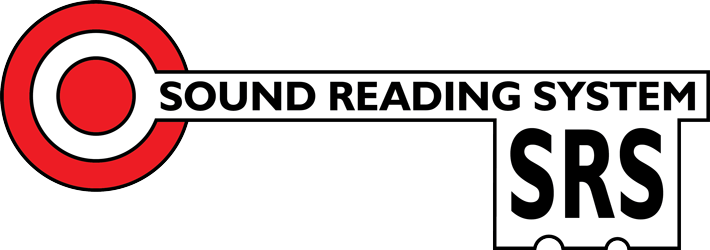Unlocking the Code is the Key to Reading Success
The key to unlock the puzzle of the English Alphabet Code empowers teachers to teach and children & learners of any age to reach their true reading potential
Teaching and Learning
From Early Reading Instruction, Diane McGuinness, p113, MIT Press 2004:
The laws that govern writing systems
As McGuinness has noted in the introduction to SRS, the laws governing writing systems are based on human language and memory, therefore these laws have great relevance for reading instruction, both in the classroom and in remedial settings. Choosing a sound unit for a writing system is not arbitrary. It is based on three critical factors:
- The speech patterns or ‘phonological structure’ of the language itself,
- The ease with which people can hear the sound,
- The limits of memory.
We know from research that there are three main teaching activities:
- Learning to segment and blend the individual sounds in words: Skills
- Learning which letters (spellings) represent which sounds in words, taught logically from simple to complex: Knowledge
- Copying or writing letters, words and sentences: This combines skills and knowledge
So, putting these Principles into place, teachers need:
- To understand the structure–from simple to complex–of the writing system they have to teach.
- To teach the learner the skills needed to access a written language that represents sounds.
- To work with the brain, facilitating the memory: teaching in careful steps using structured activities with no random element.
And learners need:
- To be taught the information or knowledge of the code: the sound to symbol correspondence.
- To understand the concept: that words are made up of sounds, represented by symbols.
- To exercise the skills of segmenting, breaking down words into individual sounds for spelling, and blending individual sounds together for reading.
- To practice writing: copying and spelling words and sentences.
